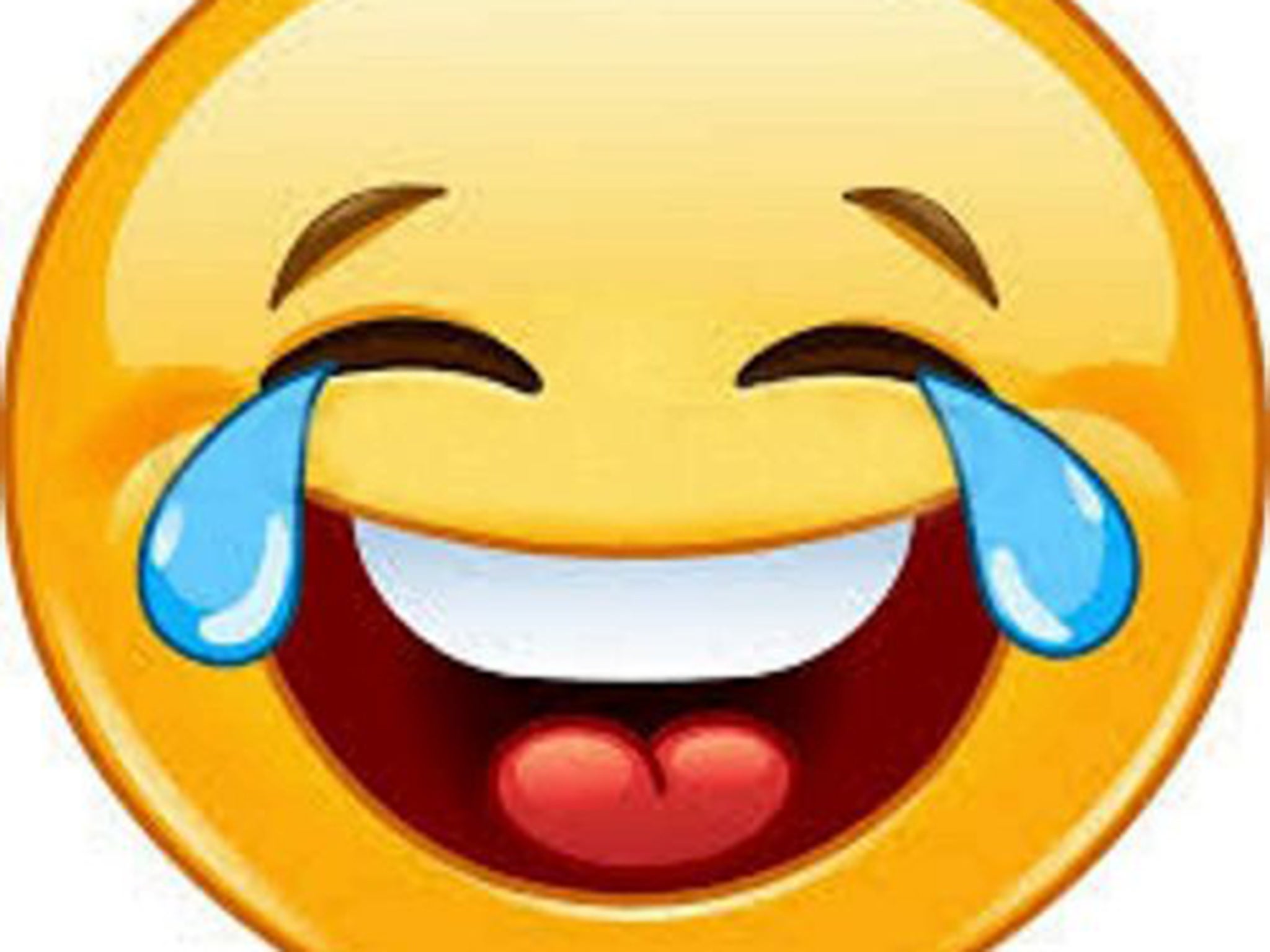'Face with tears of joy' emoji named Word of the Year by Oxford Dictionaries
'Emoji embody a core aspect of a digital world that is visually driven, emotionally expressive, and obsessively immediate'

It may not be a word by the strictest definition – but the emoji commonly known as “face with tears of joy” has been named the “Word” of the Year for 2015 by Oxford Dictionaries.
A breakthrough year for the pictograms first spread by texting teens has been marked by the Oxford Dictionaries’ recognition for a word or expression that “captures the ethos, mood, or preoccupations of that particular year.”
The body cited Hillary Clinton soliciting feedback in emoji and on-going debates about the skin tone of smiley faces, as evidence that “emoji have come to embody a core aspect of living in a digital world that is visually driven, emotionally expressive, and obsessively immediate.”
Casper Grathwohl, President of Oxford Dictionaries, said: “You can see how traditional alphabet scripts have been struggling to meet the rapid-fire, visually focused demands of 21st Century communication. It’s not surprising that a pictographic script like emoji has stepped in to fill those gaps—it’s flexible, immediate, and infuses tone beautifully.
“As a result emoji are becoming an increasingly rich form of communication, one that transcends linguistic borders. When Andy Murray tweeted out his wedding itinerary entirely in emoji, for example, he shared a subtle mix of his feelings about the day directly with fans around the world. It was highly effective in expressing his emotions.”
Research by mobile technology business SwiftKey found that “Face with Tears of Joy” was the most heavily used emoji globally in 2015. Their statistics showed that the character comprised 20% of all emoji used in the UK in 2015.
Oxford Dictionaries defines a “word” variously as a “single distinct meaningful element of speech or writing” or “conceptual unit of language”, allowing emoji to take their place among more conventional communicative forms.
Oxford Dictionaries lexicographers also identified a sharp increase in the use of the word emoji itself in 2015. Emoji is a loanword from Japanese defined as “a small digital image or icon used to express an idea or emotion in electronic communication.”
Join our commenting forum
Join thought-provoking conversations, follow other Independent readers and see their replies
Comments